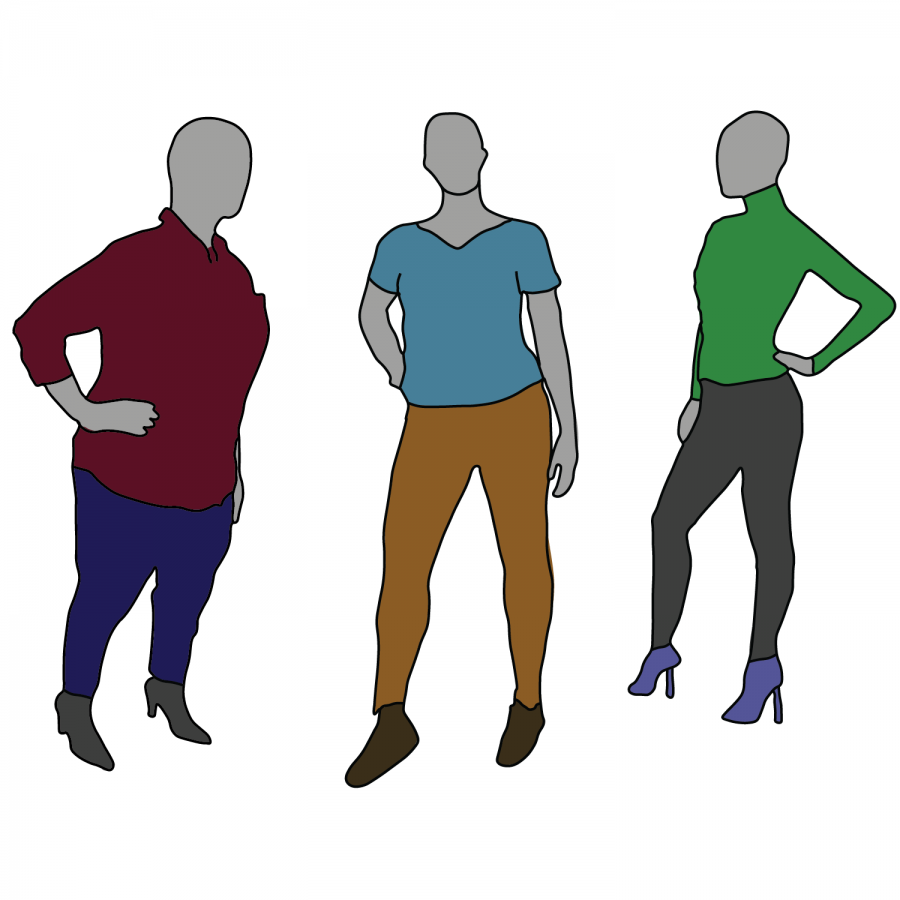Target makes waves for body positivity
Dec 11, 2017
Target is acting as a blessing for women everywhere in yet another way this month. On top of being a home decor mecca and a convenient grocery option, the retailer is also breaking barriers in terms of the way it displays its clothing.
In 2015, Target Australia introduced “realistic” shaped mannequins meant to allow customers to see how the clothing would fit someone of a similar body type before purchasing the item.
Although Target Corp. indicated it is not affiliated with Target Australia, this change in in-store marketing was a step in the right direction in eliminating “it looked better on the mannequin” rhetoric, nevertheless.
Now, Targets in the United States are following suit. The other day I walked into my local, newly remodeled Target only to realize the mannequins were noticeably different.
Not only did the company introduce plus-sized and “average-sized” mannequins, they chose not to remove the typical size-zero models that retailers are accustomed to displaying.
Get The Daily Illini in your inbox!
While there’s nothing wrong with displaying smaller-sized mannequins, which is why it was a good move on Target’s part to keep the typical displays, using a wide variety of body types to model mannequins after contributes to instilling a more positive body image for American women.
After all, the average American woman is a size 14 — far different from the size of a typical retail display mannequin. This is not to say, though, that smaller-sized women are not realistic; however, when mannequins represent a body that is unhealthily underweight, they can become dangerous.
Contrary to the cries of defense made by retailers and bloggers who claim mannequins aren’t meant to be realistic models for the customer to compare themselves to, there’s research that suggests this is not the case.
A study published in the Journal of Eating Disorders entitled “Emaciated mannequins: a study of mannequin body size in high street fashion stores” concluded all surveyed mannequin body sizes for females were representative of a very underweight human body.
Further, it concluded media representations of bodies negatively affect body image in both men and women and promote body dissatisfaction.
There is additional evidence to suggest this dissatisfaction can be detrimental to the “psychological well-being of young women.”
Effects of this internalization include the development of eating disorders and symptoms of depression.
While retailers and fashion designers believe a smaller mannequin is more aesthetically pleasing than a realistically sized one, and homogenizing the mannequins make for a better display, there is reason to shift this fashion paradigm. This is especially true for a large retailer that reaches so many different types of Americans.
By diversifying Target’s ideals, the company can be the first step in a shift of a fashion retail paradigm that can ultimately lead to a healthier body image for women.
Jamie is a sophomore in Media.






